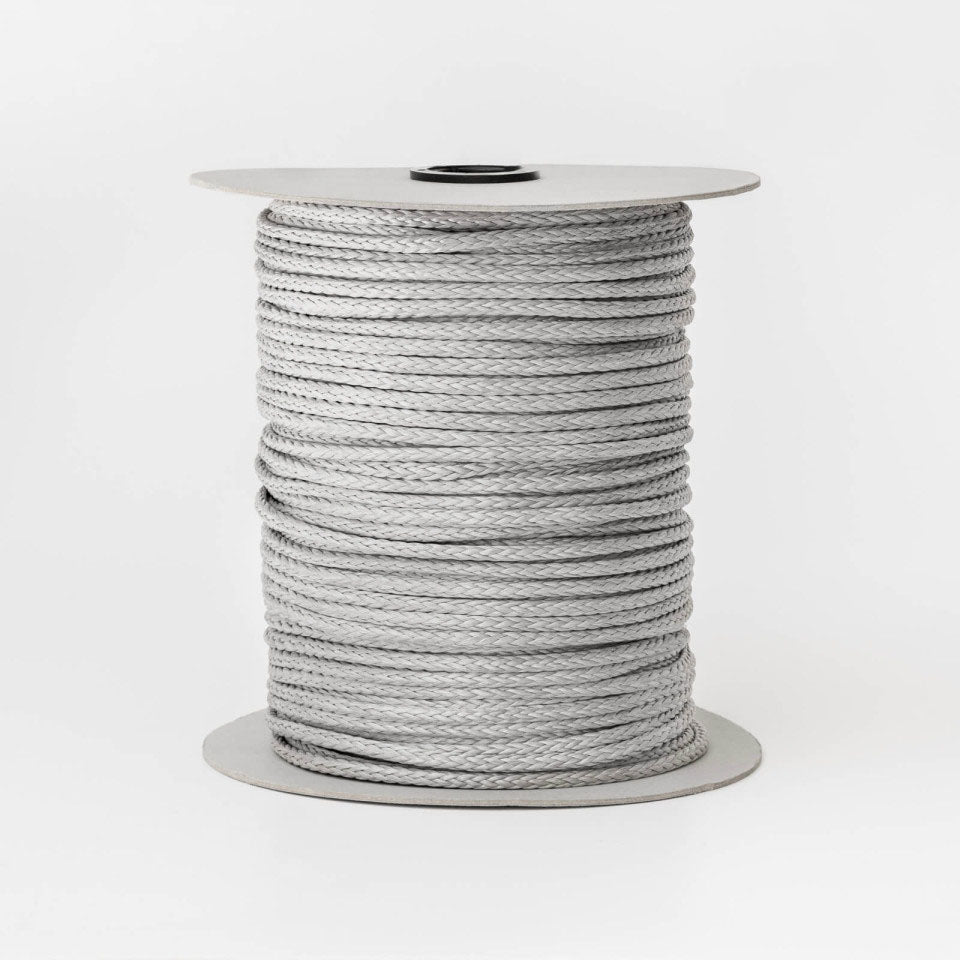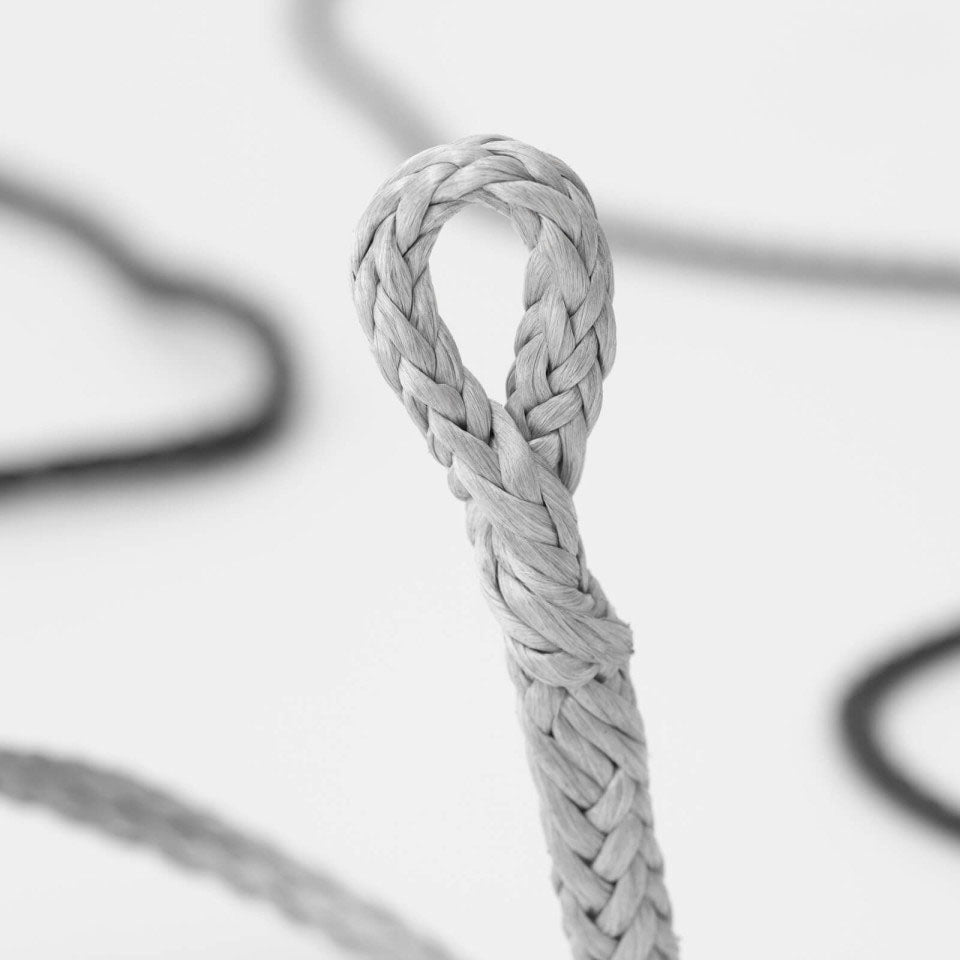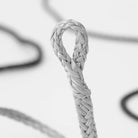Corde en DYNEEMA® lisse à 8 fuseaux - Prix au mètre
Informations sur cet article
Description
Le Dyneema (Polyéthylène filé) est une fibre synthétique particulièrement adaptée à la production de câbles de traction. Elle est notamment utilisée pour des applications sportives telles que le kitesurf, la voile, le vol de cerfs-volants géants, le parapente, l'alpinisme, le tir à l'arc, la pêche tant sportive que professionnelle et la production de gilets pare-balles.
Les cordons en Dyneema ont unerésistance exceptionnelle, comparable à celle des câbles en acier, mais avec l'avantage de bien résister aux efforts de torsion et de flexion. De plus, grâce à la technique de l'épissure, le Dyneema se prête très bien à la réalisation d'œillets aux extrémités (ganses) ou à la jonction de deux morceaux.Un des principaux inconvénients des cordes et cordons en Dyneema est qu'ils ont bassissima resistenza al taglio, par exemple après avoir été mis en tension et s'ils sont frottés par d'autres fils en Kevlar (ou matériaux similaires) également sous tension.
La fibre de Dyneema produite aujourd'hui a des caractéristiques particulières en termes de résistance par rapport à son diamètre, on parle de quelques kilogrammes pour des fils d'environ 0,10-0,12 millimètres, et en particulier, il s'agit d'un fil qui est pratiquement exempt d'élasticité.
 Disciplines Aériennes
Disciplines Aériennes 
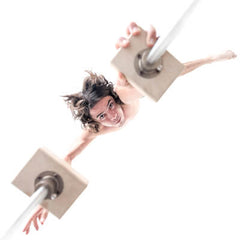 Verticalisme
Verticalisme
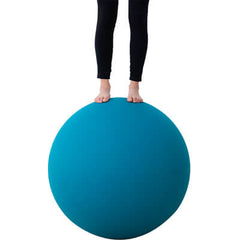 Équilibrisme
Équilibrisme
 Balles
Balles 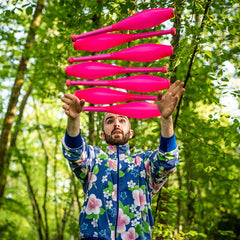 Massues
Massues 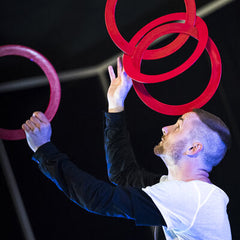 Anneaux pour Jongler
Anneaux pour Jongler
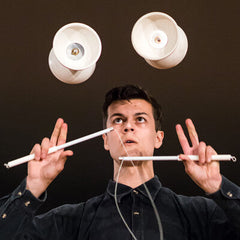 Diabolo
Diabolo
 Nez de clown
Nez de clown
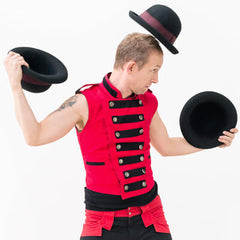 Chapeaux de Manipulation
Chapeaux de Manipulation
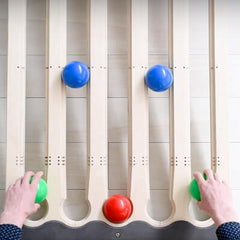 Juggle Board
Juggle Board
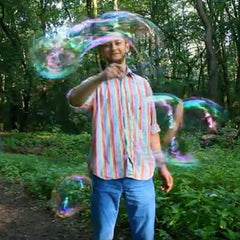 Bulles de savon
Bulles de savon
 Écoles de cirque et cours de jonglerie
Écoles de cirque et cours de jonglerie
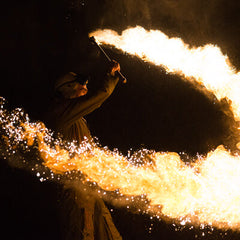 Matériel de Feu
Matériel de Feu
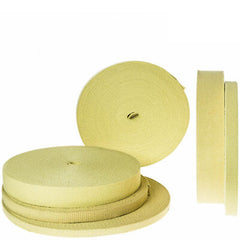 Kevlar® BANDES
Kevlar® BANDES
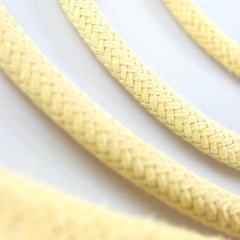 Kevlar® CORDON
Kevlar® CORDON
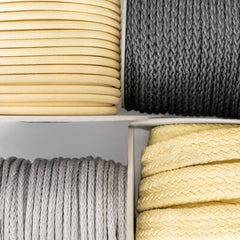 Corde spéciales en Technora® et Kevlar®
Corde spéciales en Technora® et Kevlar®
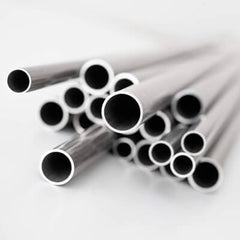 7075 - Tubes pour constructeurs
7075 - Tubes pour constructeurs
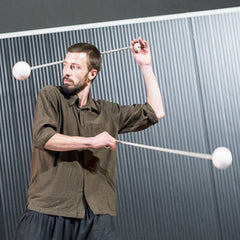 Contact Poi
Contact Poi
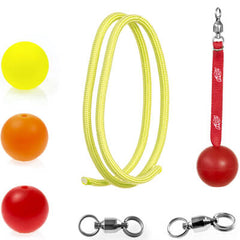 Composants pour Poi et Flow Arts
Composants pour Poi et Flow Arts
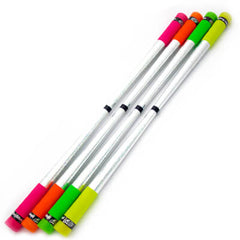 Devilstick
Devilstick
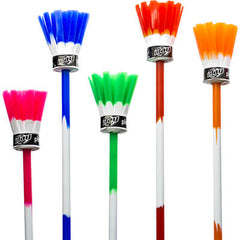 Flowerstick
Flowerstick
